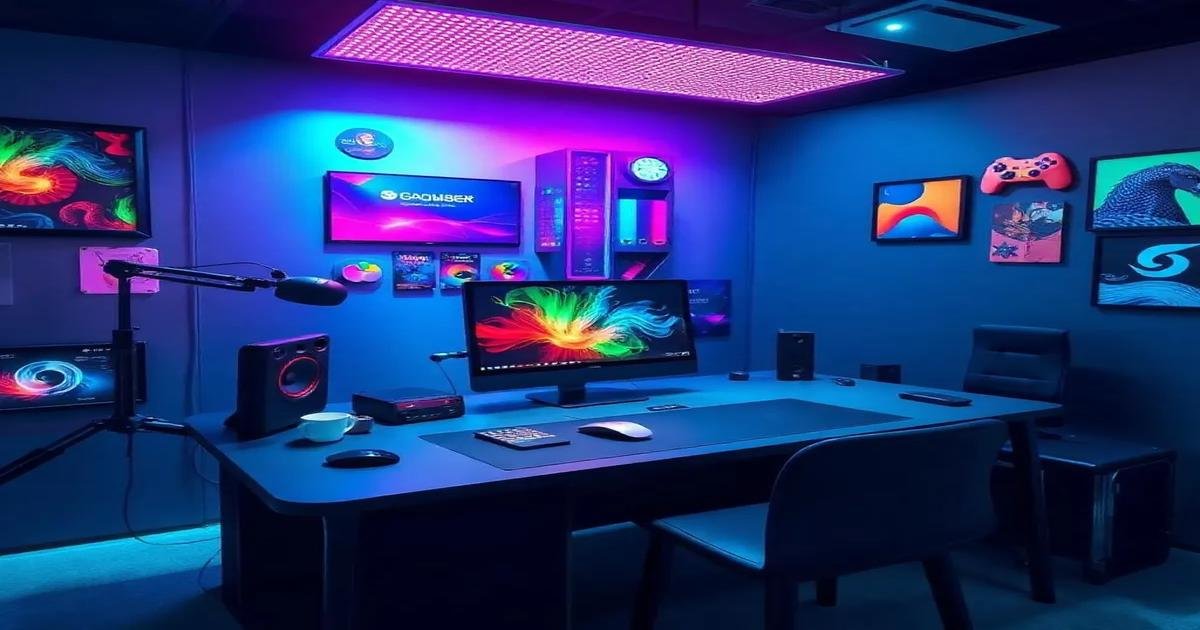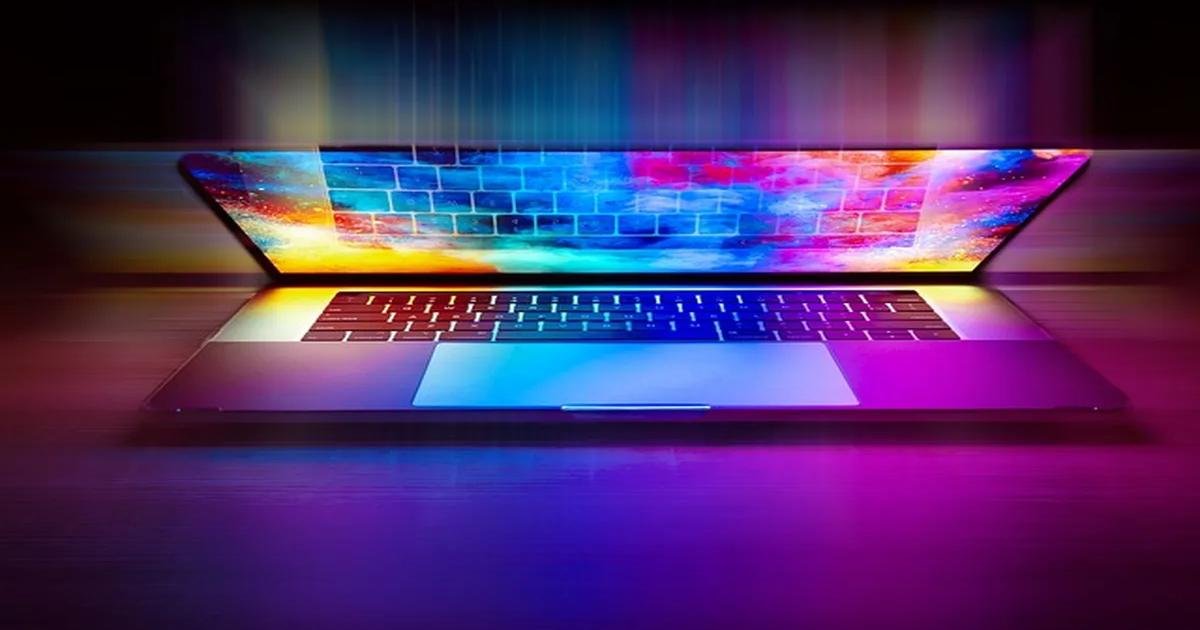How Freelance Graphic Designers Make Money Online: Full Guide with Tips, Tools, and Earning Potential
The demand for visual content is growing rapidly, and freelance graphic design is one of the most flexible, creative, and scalable careers available online today. Whether you're just starting out or looking to grow your freelance design income, this guide will walk you through essential tips, recommended tools, ways to earn, and how to overcome common challenges.

1. Freelancing: Sell Your Skills Online
What It Is:
Freelancing involves offering your professional services on a contract basis. This can include writing, graphic design, web development, video editing, voiceover work, and more.
How to Start:
- Create a profile on reputable platforms like Fiverr.
- Choose a niche skill where you have a competitive edge.
- Build a portfolio using past work, mock projects, or volunteer tasks.
Tips:
- Start with lower prices to build reviews.
- Focus on delivering excellent work to generate word-of-mouth referrals.
- Use contracts and milestones to manage expectations.
Example:
A graphic designer can earn $100 to $1000+ per project designing brand kits for startups.
What a Brand Style Guide Typically Includes:
1. Logo Usage
How your logo should and shouldn't be used. This is one of the most important parts of a brand guide.
- Approved versions of the logo: Full logo, icon-only version, black & white version.
- Minimum size, spacing, and placement rules: “Leave 30px of space around the logo.”
- Placement rules: “Always top left on marketing materials.”
- What not to do with the logo:“Never rotate or change logo color.”
2. Color Palette
The brand’s official colors, shown with precise values so every designer uses them the same way.
- Primary and secondary brand colors
- Exact color codes (HEX, RGB, CMYK)
Example:
| Color Name | HEX | RGB | CMYK |
|---|---|---|---|
| Primary Blue | #007BFF | rgb(0, 123, 255) | 100, 61, 0, 0 |
| Secondary Gray | #6C757D | rgb(108,117,125) | 0, 6, 12, 51 |
Why it matters:
You avoid “almost-matching” blues in designs and keep your brand consistent.
3. Typography
The fonts your brand uses for headlines, paragraphs, and other text.
- Approved fonts for headings, body text, and accents
- Font sizes and styles
Example:
- Headings: Montserrat Bold, size 32px
- Body Text: Roboto Regular, size 16px
- Accent Text: Open Sans Italic, size 14px
You’d also include:
- Letter spacing
- Line height
- Where to use each font
4. Imagery Style
What kind of photos, icons, or graphics fit your brand's look and feel.
- Guidelines for photos, icons, and illustrations
- Mood, filters, or themes to be used
Example:
- Use natural light photos, clean backgrounds
- Use outlined icons, not filled-in ones
- Avoid stocky or overly posed images
5. Voice and Tone (sometimes included)
How your brand sounds when it speaks (text, social media, marketing).
- How the brand speaks to its audience (e.g., friendly, professional, witty)
- Dos and don’ts for writing style
Example:
- Voice: Friendly and helpful
- Tone: Casual but expert
- Avoid stocky or overly posed images
Example sentences:
- “Let’s get started with your design journey!”
- “Start with your design journey.”
6. Examples of Application
- Sample business cards, social media posts, or website mockups
Why It Matters:
- Consistency: Ensures every team member, freelancer, or agency represents the brand the same way.
- Professionalism: Makes the brand look polished and trustworthy.
- Efficiency: Speeds up the design process for future marketing and design work.
2. Essential Tools for Freelance Graphic Designers
To work efficiently and stay competitive, freelance designers need a reliable toolkit. Below is a breakdown of the top tools by category — including free, open-source options like GIMP and Blender for beginners or budget-conscious creatives.



